 |
 |
 |
 |
 |
 |
|
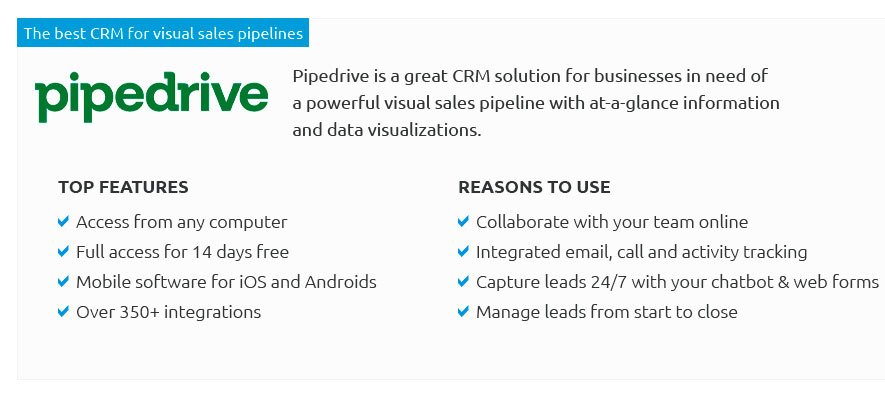 |
|
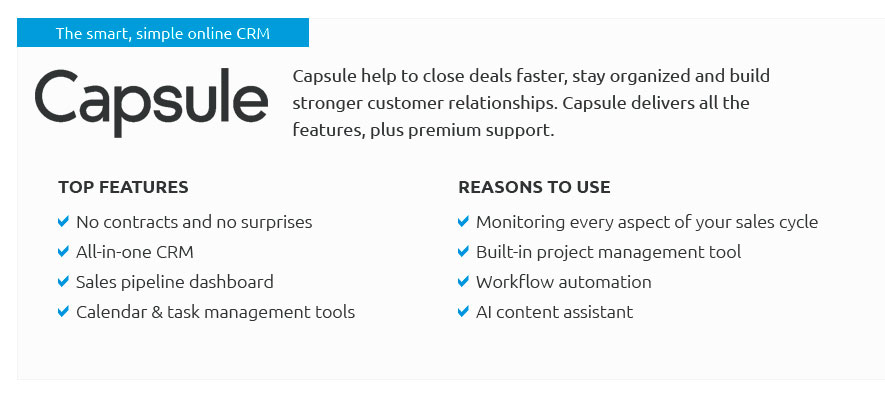 |
|
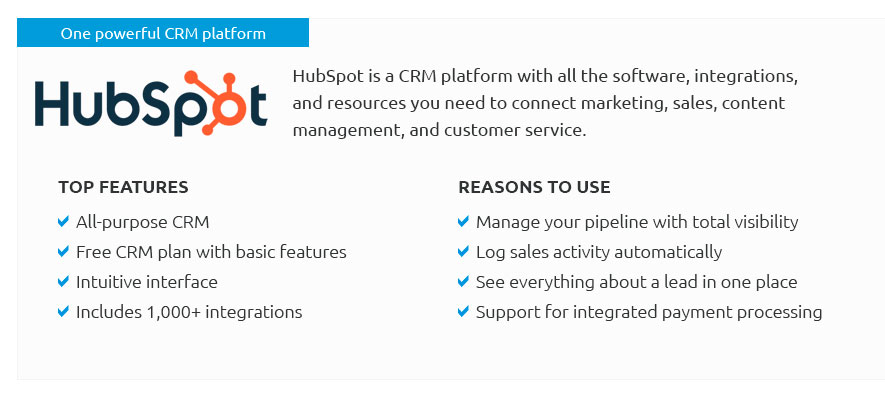 |
|
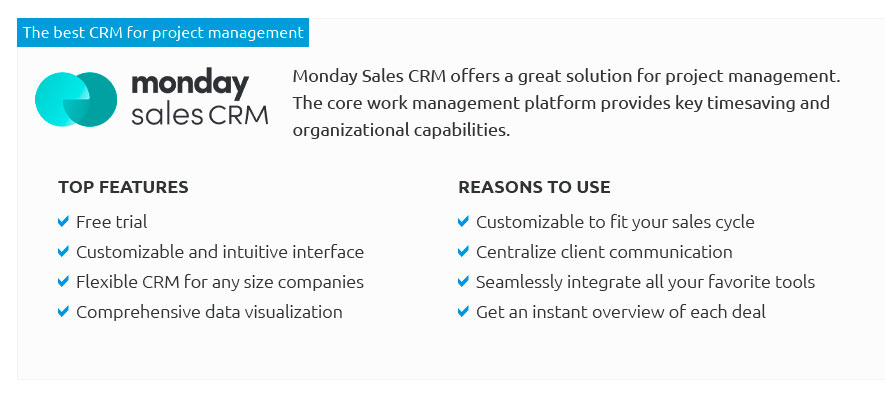 |
|
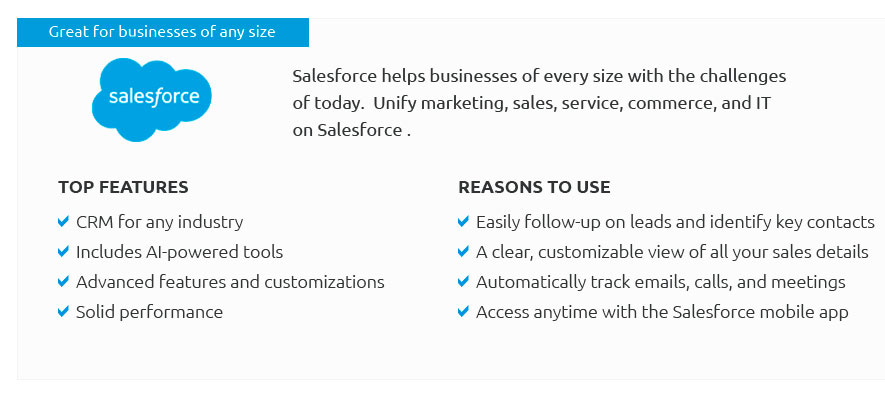 |
|
 |
 |
Exploring CRM Solutions for Nonprofits: A Comprehensive OverviewIn the ever-evolving landscape of nonprofit organizations, effective management of relationships is not just beneficial-it's essential. Customer Relationship Management (CRM) systems, often associated with profit-driven enterprises, have become an indispensable tool for nonprofits, facilitating a structured approach to managing interactions with donors, volunteers, and beneficiaries. The core purpose of a CRM for nonprofits is to enhance relationships and streamline operations, ultimately fostering an environment where the mission can thrive. But what exactly does a CRM system offer to these organizations, and how does one select the right solution? At its heart, a CRM system is designed to consolidate information, making data accessible and actionable. For nonprofits, this means centralizing donor information, tracking interactions, and automating communication processes. Streamlining these activities allows nonprofit staff to focus on their primary mission rather than being bogged down by administrative tasks. Moreover, the insights garnered from a CRM can illuminate trends in donor behavior, helping to tailor engagement strategies that resonate on a more personal level. Choosing the right CRM can be daunting, given the plethora of options available. Nonprofits must consider several factors: the scale of their operations, the nature of their engagement strategies, and the specific features that will best support their mission. Many CRMs offer customizable dashboards and reporting tools, which are crucial for analyzing the efficacy of campaigns and initiatives. Additionally, integration capabilities with existing tools like email marketing platforms and accounting software should be a significant consideration. Furthermore, the cost factor cannot be overlooked. While some CRM solutions offer nonprofit discounts or even free basic versions, the investment in a more comprehensive tool often pays dividends in terms of increased efficiency and engagement. However, the decision should not solely hinge on price; instead, it should reflect a balance between functionality and affordability. Ultimately, the decision to implement a CRM system in a nonprofit setting should align with the organization's strategic goals. As nonprofits continue to navigate the complexities of donor engagement and operational efficiency, a well-chosen CRM system can serve as a vital ally. By improving data management and offering insights into donor behaviors, these systems enable organizations to not only meet their immediate needs but also plan strategically for the future, ensuring that they can continue to make a meaningful impact in their communities.
In conclusion, while the adoption of a CRM system may seem like a daunting prospect, its benefits to a nonprofit organization can be transformative. By fostering more meaningful engagements and driving efficiency, CRM systems empower nonprofits to focus on what truly matters: making a positive impact in the world. https://www.reddit.com/r/CRM/comments/1bqwyhv/crm_for_a_tiny_nonprofit_that_doesnt_fundraise/
I am tasked with finding a CRM to streamline and organize this work. The sheer volume of options is incredibly overwhelming and our circumstances seem to be ... https://bloomerang.co/blog/nonprofit-crm/
A nonprofit CRM (also referred to as a donor management system) is a software platform that allows nonprofits to store, update, and report on supporter data. https://kindful.com/nonprofit-glossary/nonprofit-crm/
Why Bloomerang is the top nonprofit CRM option: Customers love our software because it's a tool built for fundraisers, by fundraisers. They note our user- ...
|